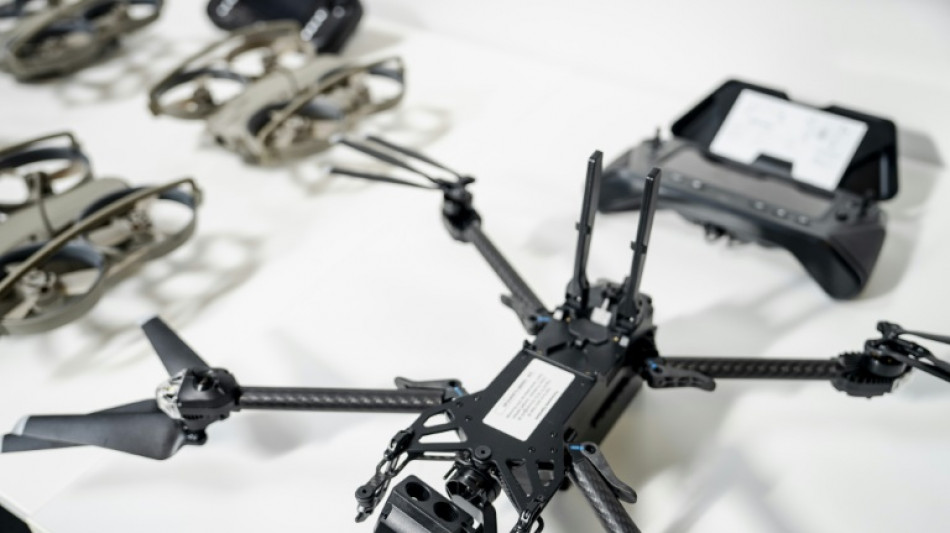

Changing face of war puts Denmark on drone offensive
As drones transform the face of war from Ukraine to Gaza, Denmark is opening a military drone testing centre to develop cutting-edge technology and boost its national defence.
It will be based at Hans Christian Andersen airport in Odense, already home to one of Europe's biggest airspaces dedicated to drone testing.
It has almost 2,000 square kilometres (775 square miles) at its disposal over land and sea at the UAS Denmark Test Centre.
"The Danish drone industry and also the academic environment around drones is quite unique for the size of a country like Denmark," Andreas Graae, a military technology researcher and assistant professor at the Royal Danish Defence College, told AFP.
Denmark's defence ministry announced in late March that it would allocate 725 million kroner ($110 million) for the new military drone testing centre, drawing on lessons learned from the war in Ukraine.
By 2026, around 100 Danish military personnel will be training there as drone operators. The centre will also collaborate with companies and researchers to keep Denmark on the cutting edge of drone technology.
For Jerome Jouffroy, a professor of mechanical and electrical engineering at the University of Southern Denmark, the opening of the military drone centre "is fantastic". It will enable him to focus his research on the military's specific needs.
"Sometimes we can be in a bit of a fishbowl," he said.
"We try to invent solutions, but are these really what's going to be most interesting in the combat of the future?" he added.
The centre, he added, "will give me some tactical knowledge: How are drones used? What are actually the best technologies we can develop for operations?"
- 'Dehumanised' warfare -
Outside the premises of the Quadsat company on a recent spring day, drones equipped with satellite reading software solutions buzzed loudly as they took off and landed in gusty winds.
Founded a decade ago, the Danish start-up manufactures drones that monitor and manage the radio spectrum.
Used in a military setting -- Quadsat has a partnership in Ukraine -- its devices can be used to identify enemy radar systems.
"What our technology can do is to go out and pinpoint where these emissions are coming from and how they are moving about, and it gives a new layer of intelligence on the battlefield," Quadsat chief executive and co-founder Joakim Espeland told AFP.
The war in Ukraine has clearly contributed to the booming drone industry.
"Almost 70 percent of the losses in Ukraine are due to drones," researcher Graae said.
"In the Danish defence industry... we're seeing growth especially in software companies, but also robotics and drone companies," he said.
Jouffroy said the military drone hub would contribute to advances in European technology.
When it comes to components, high-end technology comes primarily from the United States while the lower-end is mainly sourced from China, he said.
"So how do we Europeans, in between Trump and China, place ourselves to develop our own technology?" he asked.
Graae expected significant investment in the drone sector, as well as the traditional defence material Denmark is acquiring to beef up its military.
He expected a growing share of warfare to be conducted by unmanned systems like drones.
"I think we're looking at a frontline that's becoming more and more dehumanised," Graae said. "Drones and also unmanned ground vehicles are slowly taking over some parts of the frontline."
F.al-Ghurair--BT




